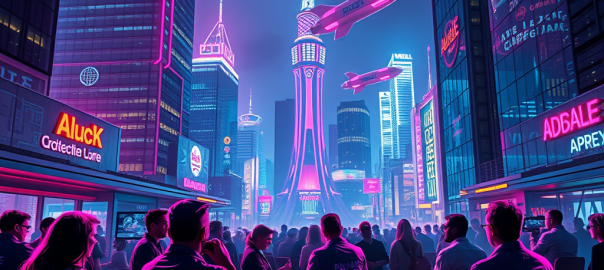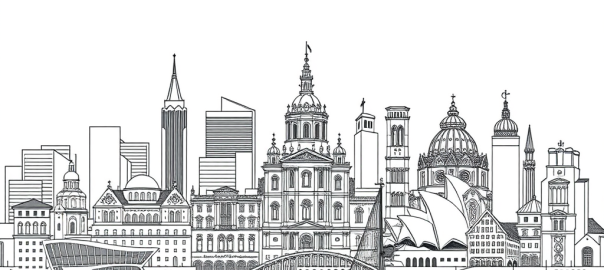Champion, E., Heras, V., & Hemp, E. (2025). Heritage Changes: Digital Heritage Program. Historic Environment, 35(2), 94-107. https://australia.icomos.org/publications/historic-environment-vol-35-number-2-2023-2025/
Abstract
The Digital Heritage Program of the ICOMOS 2023 General Assembly Scientific Symposium was a two-day event including panels and presentations that brought together delegates from around the world. Recurring issues and challenges centred around access, and international guidelines recommended and required for the ethics and principles for digital capture, presentation, and dissemination. In addition, responsibilities towards Indigenous shareholders, public access to projects and paradata, and the preservation of data were part of the discussions.
Presentations highlighted powerful tools that enable the recording and understanding of cultural heritage, such as digital reconstructions of structures for material fabrication and the motion-capture of traditional dancing. In the application of digital tools to the study of both material and immaterial heritage, a common theme was found that documentation should be fundamentally user-led and user-driven. During the final session, some challenges and commitments were established to be evaluated during the next ICOMOS General Assembly.










